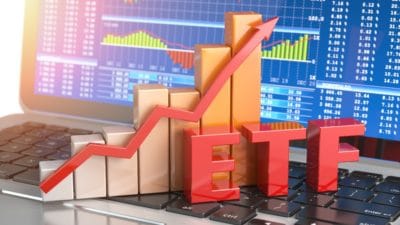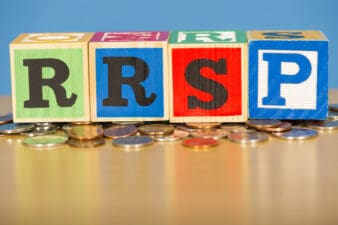Most Canadians depend solely on the Canada Pension Plan (CPP) for retirement. But here is a harsh truth: the payout may not be sufficient to meet your requirements, especially if you pay rent or have a loan. The Canadian pension plan was designed to give you enough money for your basic needs for the rest of your life after age 65. However, the Canada Revenue Agency (CRA) allows you to claim a CPP payout as early as 60 by accepting a 36% cut on what you could have received if you waited till 65.
Choosing the right age to claim CPP
You can claim CPP anytime between the age of 60 and 70. The choice is yours. But how would you know the right age for you to claim the pension? This requires a few considerations around your financial situation, health condition, and employment status.
Three reasons you might want to claim CPP at 60
Health conditions: They say health is wealth. If you have a healthy life and a high life expectancy of 80 or 85, you could consider claiming the CPP payout at age 65 or 70, respectively. You could at least enjoy the payout for 15 years. However, if you claim CPP at age 65 and die at age 70 or 75, all those pension contributions may not be worthwhile. Sometimes, it is better to take lesser payouts for a longer term than higher payouts for the short term.
Consider if it is worth waiting for five years to get the extra CPP payout.
Financial conditions: You might have a financial situation wherein you have no income and need money to meet living expenses, or you have millions stashed in retirement money. In both cases, claiming CPP at 60 is beneficial.
- If you have no source of income and bills are piling up, you don’t have the luxury of delaying CPP for a higher payout.
- If you have millions in retirement money, you might not want to add a higher CPP payout to your taxable income and rather get as many payouts as possible while reducing the burden on your retirement fund.
CPP contributions: CPP payout is calculated on the best 35 years of earnings between age 18 and 54 if claiming the pension at 60 and the best 39 years for those claiming at 65. If you made no CPP contributions since age 55, claiming CPP at 60 could get you a maximum payout. If you wait till 65, you will have higher low earnings years, reducing the base of your CPP calculation.
The most common CPP mistake to avoid
The above considerations can help you make a sound financial decision. It can also help you avoid the mistake of delaying CPP for a higher payout. For 2025, the maximum CPP payout is
- $917.12 per month if you claim it at age 60;
- $1,433 per month if you claim it at age 65; and
- $2,034.83 per month if you claim it at age 70.
If you choose to take the CPP payout at age 70, the one who claimed at 60 has already received 10 years of CPP, which could be $110,054, assuming $917.12 was paid every month for 10 years.
Building a TFSA pension
The taxable CPP payout can claw back Guaranteed Income Supplement (GIS) payable at age 65 if your taxable income exceeds the GIS threshold ($22,056 for 2025). However, Tax-Free Savings Account (TFSA) payouts are excluded from the GIS income threshold.
If you have at least 10 years to retire, consider investing in high-growth stocks to build a sizeable TFSA portfolio.
Constellation Software (TSX:CSU) is a resilient growth stock with a 20% compounded annual growth rate. It uses the power of compounding to grow its market value. It acquires strategic vertical-specific software companies and uses its cash flows to buy more companies. Consistent acquisitions help generate better average returns, and the past acquired companies generate 2% organic growth.
The stock price is approaching $5,000 per share. A $10,000 investment today can double your money in five years or less.









